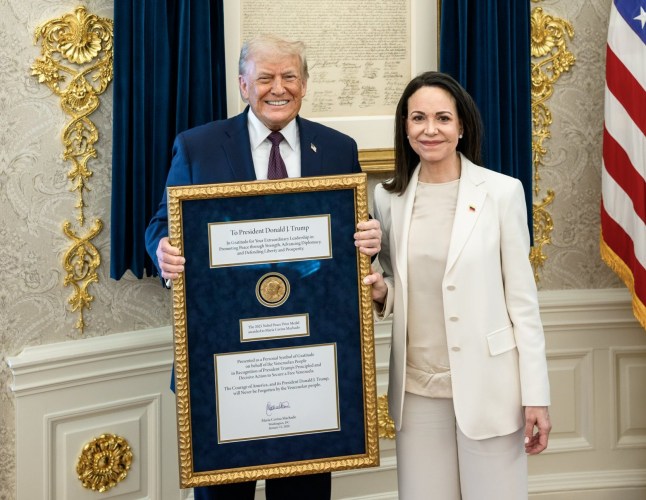What is the Web3 e-Commerce
 2022-06-29
2022-06-29
Web1 appeared in the early 1990s. The internet at the time was static, barely interactive, and relied largely on the use of read-only content and links.
Web2 brings the online world to the next step. Today's users are obsessed with social media: posting pictures and videos of their daily lives, interacting with others' content, and shopping online. The list still continues.
What Web2 lacks is security. The e-commerce industry, while booming, does not guarantee any protection of user-sensitive data. Some companies even use customers' personal information to produce advertising and "once in a lifetime" offers.
This is when the Web3 comes up to us. With Web3, users have access to blockchain technology, which allows them to control their personal data, privacy and finances.
Best Web3 Ecommerce AMT.LAND
Users will experience full control of their digital assets. In fact, decentralization is exactly what makes blockchain technology attractive. In Web3, users can run transactions on the blockchain and participate in protocols with encryption and NFT.Businesses and customers have many new opportunities!
Singapore's first e-commerce platform to accept cryptocurrency payments, featuring NFT and technology products, art promotion and trading markets.
https://amt.land/
Owner in-store, self-operated, accepts ETH AMT and all ERC20 tokens payments. Marketplace function, and the referral person unique invitation code, recommended purchase rebate.
https://amt.land/affiliate-dashboard/
Register promoter account, get exclusive invitation code, have access to 20% rebate (by AMT)
Store link: https://amt.land/vendor-register/
In addition to English and Chinese, there are other multilingual users including Vietnam, Spanish, French, Arab and other markets.
Before we delve into more detailed aspects of these new trends, let's look at the more important concepts of the next generation Internet. Web3, also known as Web 3.0, represents a whole new iteration of the World Wide Web. Often, Web3 contrasts with our current web2.0, which is also known as participatory networks.
In Web 2.0, the data is centralized, meaning that the data is mostly owned and controlled by limited large companies. These large companies are often called big Tech, the term coined by a co-founder of Ethereum. The concentration of power for the big tech companies we see today is quite the opposite of the digital world imagined by Web3 enthusiasts.
Web3 is a potential new digital universe based on blockchain and stereotypical blockchain concepts (such as decentralization and the token economy). The appeal of Web3 is its decentralized nature, removing big tech companies and any intermediaries from Eq. In Web3, it is no longer about accessing the Internet through platforms like Google, Apple, or Facebook, but rather by individuals who own and control their own Internet.
Web3 eliminates the need for "trust" and for intermediaries that facilitate virtual transactions.Instead, secure transactions and reliable payments are guaranteed by the blockchain. And, at least in theory, Web3 will also better protect user privacy, as today the big tech companies are mainly collecting potentially sensitive information and user data.
Web3 Features:
The information is mostly free and open-source
The transaction information is both unique and authentic
Everyone has their own data
The centralized monetary system has been replaced by DeFi (decentralized finance) and cryptocurrencies
The transaction and the ownership were anonymous
The gold is not always shining
Of course, this is an idealized, somewhat utopian vision of Web3 proposed by hardcore blockchain enthusiasts. In reality, Web3 may not become egalitarian like that. For example, one aspect of Web3 is decentralized finance, DeFi. DeFi is about financial transactions on the blockchain, without assistance from banks or the government. While this sounds good, DeFi unsurprisingly attracts several big companies and venture capital firms that have already invested heavily in building the Web3. It is hard to imagine that their participation will not become a different kind of centralized power.
The demand for NFT is constantly increasing
But while Web3 is still an emerging concept, and big technology is very active, some trends are already very important from an e-commerce perspective. One example is the fanatical demand for NFTs or Non-Fungible Tokens. The desire for digital assets has spurred wild bidding wars, ranging from Nyan Cat selling for nearly $600,000 to Twitter CEO Jack Dorsey's original tweets being sold for $2.5 million.
Before we explore this issue further, let's go back back and explore the categories of NFT. NFTs are a special type of crypto asset. They are part of the Ethereum blockchain, and the NFTs are unique and unique in digital objects, ranging from music and art to games, and even tweets. NFTs are bought and sold online, usually using cryptocurrencies. Currencies like traditional currencies and Bitcoin are "replaceable", meaning they can be exchanged with each other, and the NFT is unique (thus called "irreplaceable"). Each NFT has a digital signature that cannot be changed for the owner to verify ownership.
The NFT Market, ——TO THE MOON
NFTs can add value, just like other assets. And for now, they seem to do so without any restrictions. It is not uncommon to see buyers paying thousands or even millions for the current most popular NFT, which has turned the NFT category into a new speculative market.
How will this affect e-commerce?
Web3, cryptocurrencies, and NFTs are already affecting e-commerce, and its growth will only accelerate. As start-ups continue to innovate rapidly, blockchain use cases are also expanding.Let's look at some real-world examples and see how it affects the e-commerce sector.
Unusted e-commerce pattern based on blockchain
In the near future, consumers are likely to buy products in online stores through innovation on the blockchain, contract support, and distributed applications (dApps). Self-executing code will make these transactions immutable and unreliable, thereby reducing returns, return fees, and fraud. While trust is the main driver of e-commerce today, in Web3, this will become less important in Web3, because in W e b 3, it is the blockchain that guarantees the transaction. Payment in cryptocurrency will be as common in e-commerce as payment with a credit card or PayPal.
An Ecommerce Loyalty Incentive Program based on NFT
One of the most popular use cases of NFT in e-commerce is the monetization of the loyalty program. Often, these programs offer you bonus points for each purchase. These points can be used to redeem products or discounts, or increase to larger bonus items.
NFTs enable companies to offer more valuable loyalty rewards. Rather than giving customers any points, the company can issue NFT-based tokens and preset value.
Metacverse Customer Experience
Like many emerging technologies, there is no universal definition of what the metauniverse is or what it will look like. But we know it's coming, and in some way it's here. The Metaverse is a combination and extension of many existing and emerging technologies, such as AR, VR, blockchain, cryptocurrency, and social commerce. A frequently used definition is that the meta-universe is an expanding world of real-time, three-dimensional virtual space that is not just an additional sales channel, but also becomes its own economy. Building a customer experience in the metaverse is an exciting challenge and opportunity for today's e-commerce brands, and even more so in the future.
Building communities using NFT
An example of how AMT innovators extend the NFTs concept rewards merchants and users of NFT, including Swaggy Panda Sport Club, and basically the merchants and user engagement consensus situation turns into NFT assets."Proof of attendance". The idea is to leverage NFT to create communities based on shared experience.

Newest
-

ukrainian street cleaner pauses briefly during drone strike but then gets back to business
-

cia issues eerie video urging chinese citizens to 'share the truth' about government
-

venezuelan nobel peace prize winner gives her medal to donald trump
-

iran warns 'next time the bullet won't miss' in direct threat to donald trump
